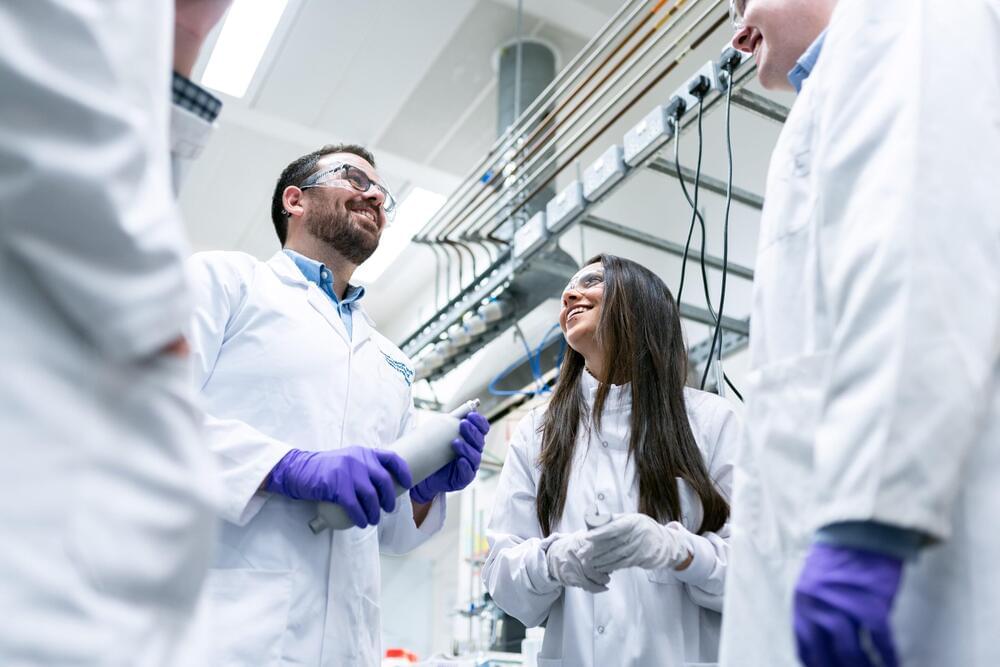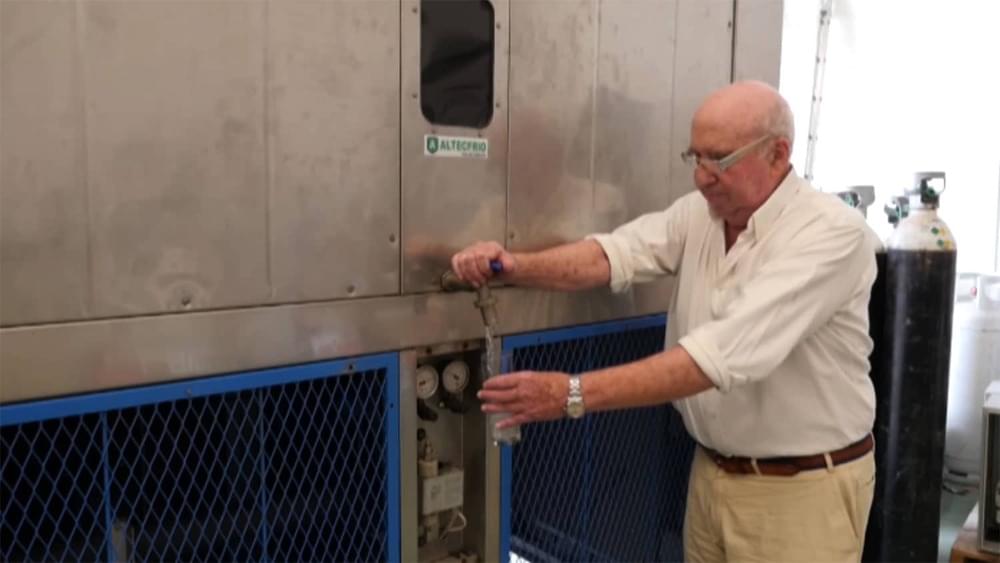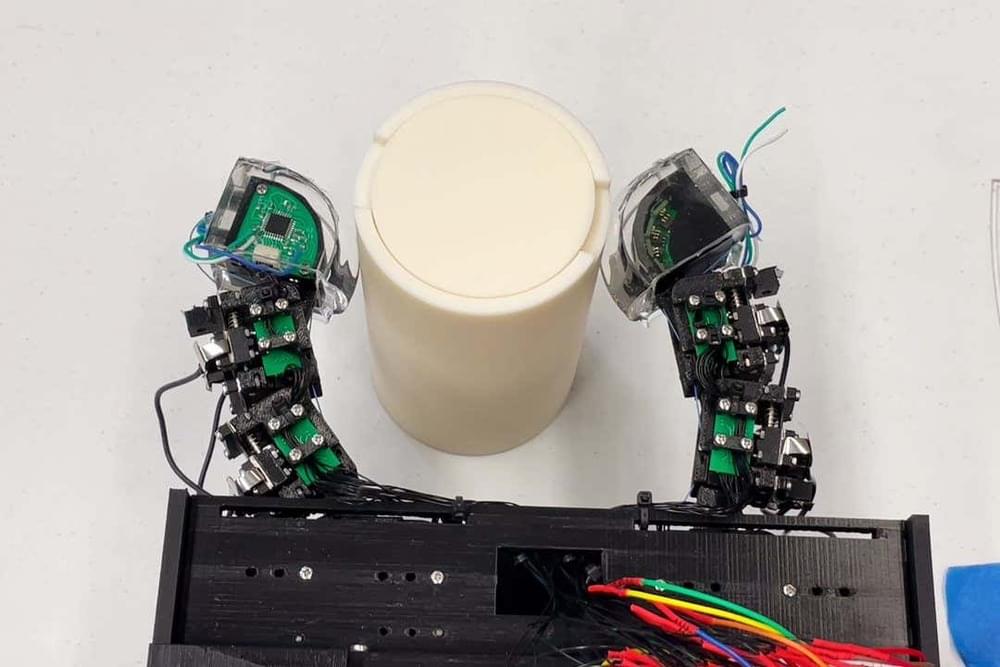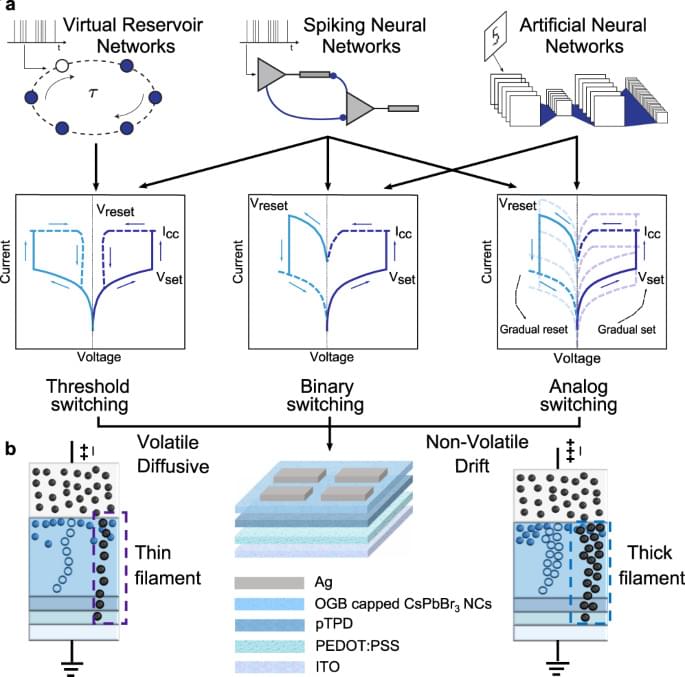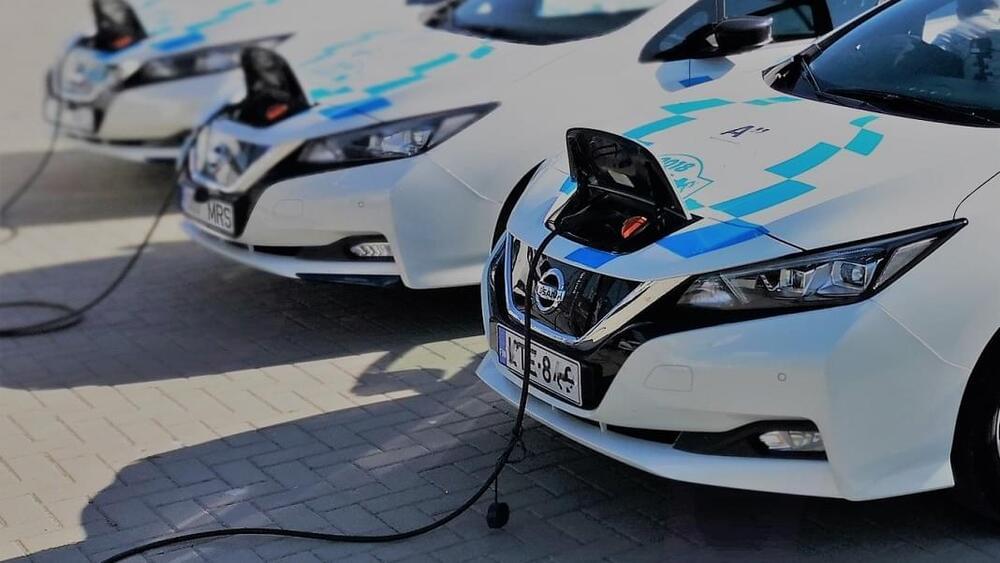Trust in science is rising worldwide, according to a 3M-backed survey released Tuesday, and more people expect it to solve the world’s problems.
But the fifth annual 3M State of Science Index also showed many are worried that misinformation could lead to more public health crises, greater societal divisions and lack of action on climate change.
“It’s really good to see that trust in science is high, and that’s true in America and around the world, but misinformation threatens scientific credibility,” Jayshree Seth, 3M’s corporate scientist and chief science advocate, said in an interview. “It’s not simply a matter of communicating facts, data and evidence. We need to build that relationship with the public.”
